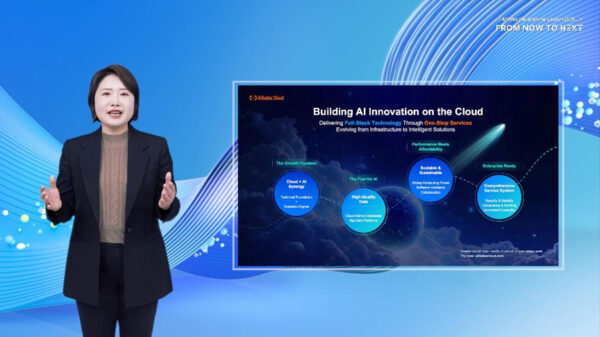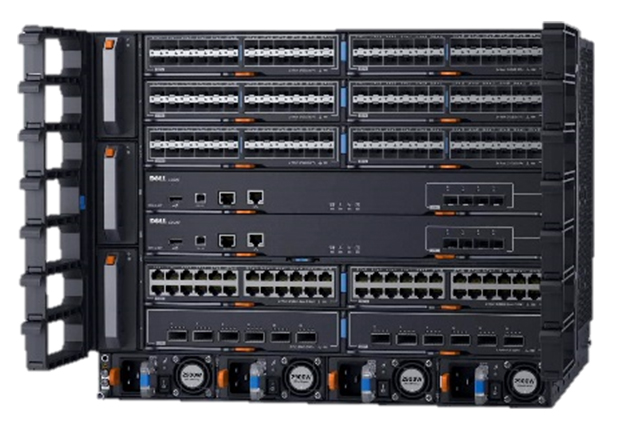As with many new technology trends, certain assumptions and hype emerge that can influence buyer behavior and lead to poor decisions. Gartner, Inc. has identified seven of the most common flawed assumptions in the hyperconverged integrated systems (HCIS) market.
“HCIS, which encompasses software-centric architectures that integrate compute, storage and networking on commodity hardware, promises a cost-effective infrastructure solution that is simple to deploy, manage and scale,” said George Weiss, vice president and distinguished analyst at Gartner.
“However, new and emerging technologies are often surrounded by hype as vendors try to accelerate sales. Infrastructure and operations (I&O) leaders and decision makers should examine the following points carefully to avoid later disappointments or traps.”
Myth 1: All Implementations Comprise Standard and Open Architectures
I&O leaders need to ask: what is a standard and open architecture? In the software-defined world of HCIS, the levels of standardization and openness depend increasingly on the codebase. It’s important to be clear on who controls the code and who is responsible for its development, maintenance and performance. There are no software-defined standards, so one vendor’s management controls may not manage another vendor’s devices or software-defined network.
Myth 2: All Implementations Are Destined to Fail Mission-Critical Scalability and Resiliency Tests
HCIS implementations will vary widely in robustness, scalability and security. The vital context that needs to be considered is the intended use case. HCIS is designed and best-suited to high-availability and virtualized workloads. Yet even here there is wide variance; some HCIS clusters scale only to eight nodes, whereas others claim to scale to hundreds or even thousands. “Caution is advised as this kind of scalability often does not fit the Gartner definition of a seamlessly managed HCIS appliance,” Weiss said.
Myth 3: HCIS Costs Represent the Least-Expensive Deployment Model
HCIS infrastructure can be scaled up easily in small incremental adjustments by adding additional nodes as needed. However, over an extended period of time where the use-case demand rises and regularly requires additional nodes, the investment in HCIS could easily exceed an upfront investment.
Myth 4: The Most Important Use Case Is Virtual Desktop Infrastructure (VDI)
VDI has become the “celebrity” use case for HCIS. However, many general-purpose workloads are now a match for HCIS due to improved performance, scaling, data protection and ease of deployment, as well as an expanding hybrid cloud ecosystem. I&O leaders should expect further expansion to occur in the next three years to handle greater levels of agility, DevOps, containers, bimodal applications and consumer-based services.
Myth 5: HCIS Spells the Demise of Traditional Storage Arrays
HCIS has huge potential to replace small-to-midsize, general-purpose disk arrays in highly virtualized environments. In the case of large mission-critical applications that require predictable behavior and proven reliability, HCIS may be less effective. Once all capacity utilization and cost factors are considered, modern hybrid or solid-state array deployments are likely to be more economical over the long haul.
Myth 6: HCIS Eliminates Data Center Interoperability and Silos
HCIS lacks tight integration with existing traditional infrastructures, which forces I&O leaders to position them in silo deployments. The silo approach accommodates the existing administration and technical support of legacy operations. Nevertheless, HCIS also demands new models of team collaboration and specialty integrations that are different to existing legacy solutions. HCIS deployment models resonate most with IT leaders who want to switch from hardware stack management models to simple-to-deploy virtualized platform delivery.
Myth 7: Traditional Vendor Selection Preference Will Remain the Same
Gartner’s focus group participants have shown that loyalty to traditional vendors would be tested by several criteria:
– Is the vendor increasingly fluent in the new wave of HCIS?
– Is it seriously willing to disrupt its conventional solutions?
– Does it have the vision to drive innovation?
– Can it keep ahead of emerging, agile competitors and increase its savings?
While there are risks in engaging with vendors that lack a solid track record, the commodity pricing of parts and infrastructure will alleviate some of that risk. It will become increasingly easy to navigate a worst-case vendor failure.













































































































